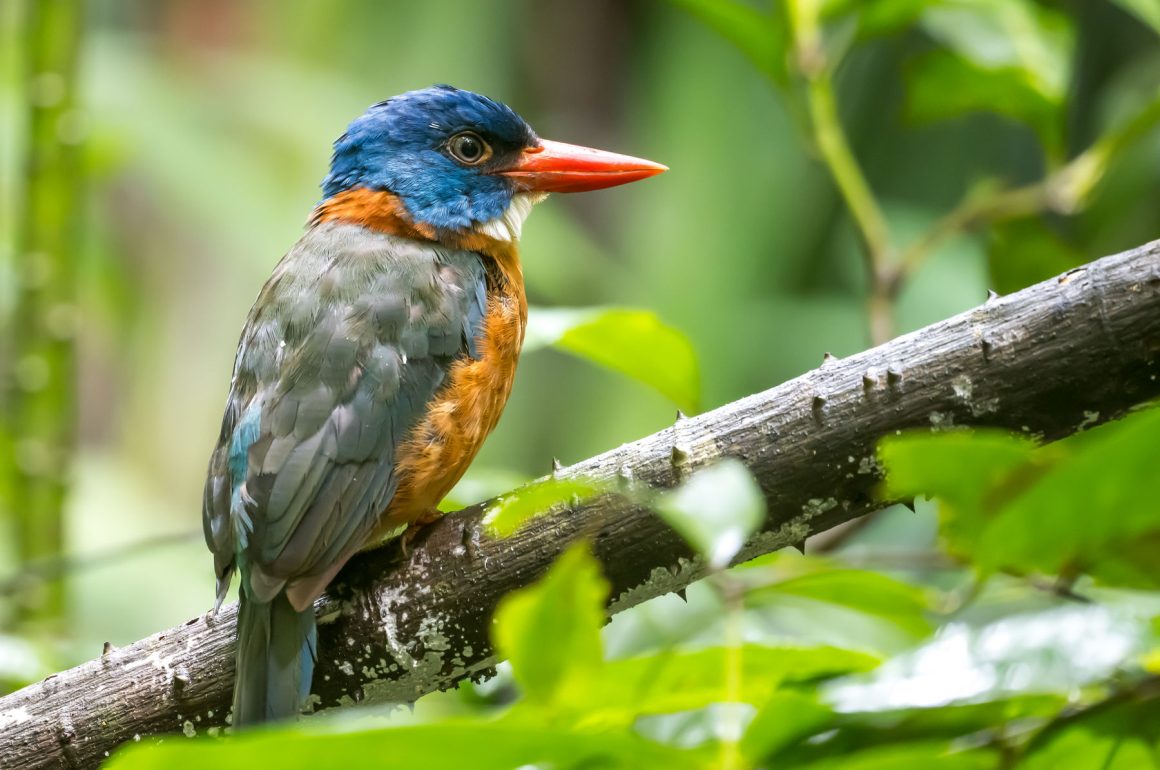
When writing about kingfishers, my first thought is always to come up with some lame statement about kingfishers being the poor man’s pittas – but that is nonsense. Many kingfishers match the rich colors of pittas. In fact, there are some reasons to prefer kingfishers to pittas – there are more species (117 compared to 47 pittas), and at least some of them do not insist on staying in the dark undergrowth all the time.
Tangkoko is a good place to see a few of these kingfishers.
Right – you do not need to go to Sulawesi to see this one, the Collared Kingfisher. In fact, I had just seen it in Ho Chi Minh City a few months earlier.
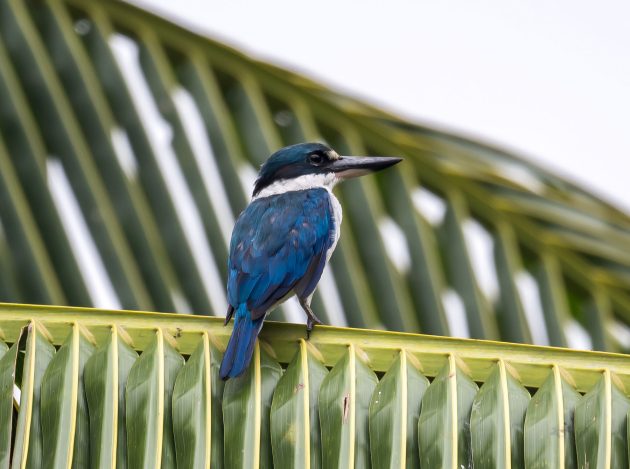
While the scientific name Todiramphus chloris suggests this should be a green bird (chloris means green or greenish), I would call this blue.
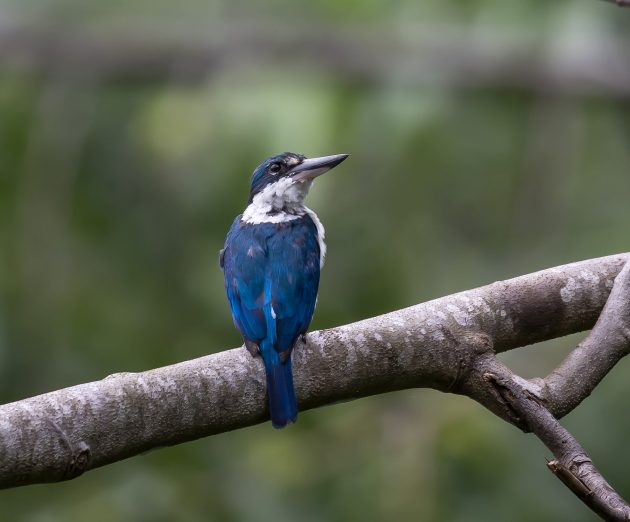
But with 50 subspecies, I am sure there are some that look more greenish than this one.
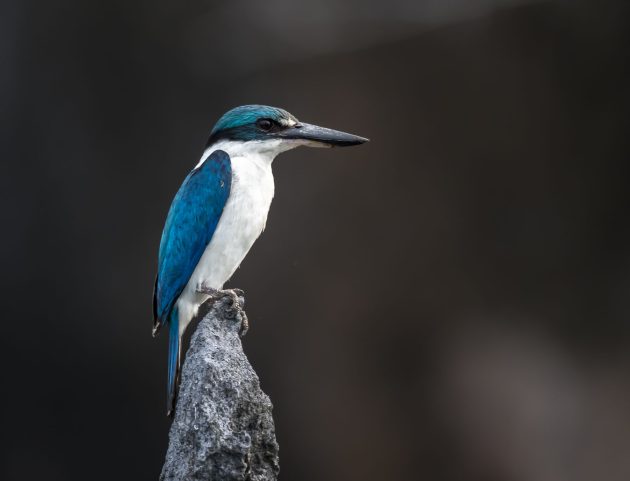
I had only seen Ruddy Kingfisher once before (in Singapore), so seeing it more or less directly from the restaurant table where I was having lunch at Tangkoko was a very positive surprise.
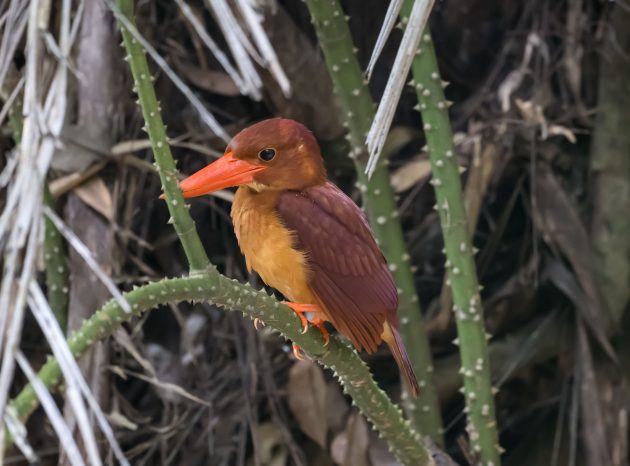
As it is breeding in the Koreas and Japan, it should be possible to see it in Shanghai as well, and there are one one or two reports – but I have never seen it.
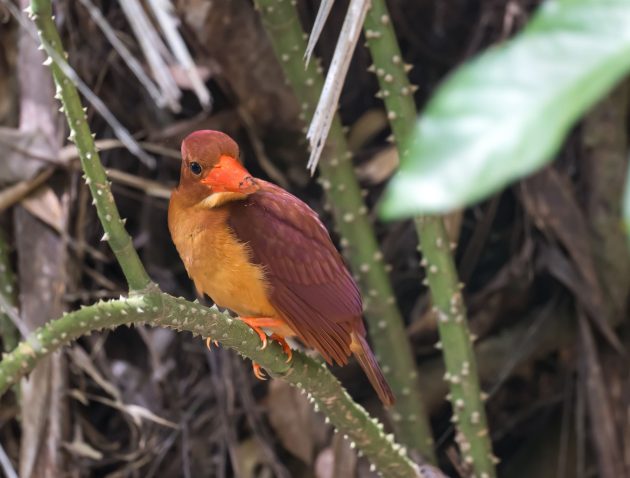
It is a shy bird, so finding it may be easier via acoustic monitoring of sites such as the one described in a paper.
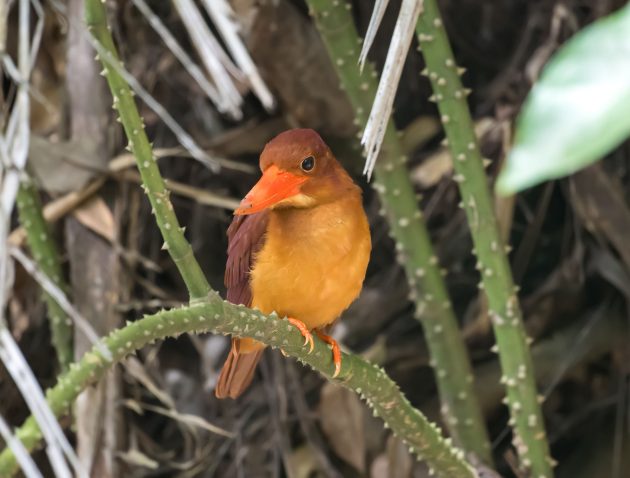
Some Japanese researchers made artificial nestboxes from polystyrene, two of which were used …
… but this caused some criticism (Takeda, K.. A criticism against the usage of the styrene foam for bird nest boxes. Japanese Journal of Ornithology. 2006, Vol.55, No.2, p.117.) …
… which was then replied to by the original initiators of the study (Ueda, K., Yano, H.. Reply to the criticism against our usage of the artificial nest made from styrene foam for Ruddy Kingfishers. Japanese Journal of Ornithology. 2006, Vol.55, No.2, p.119.)
That is how science works, I guess.
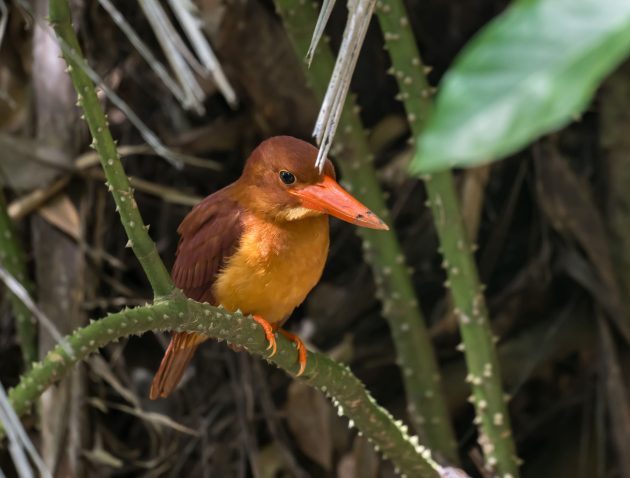
But it was the next two kingfishers that really made me consider going to Sulawesi for birding – in particular, the Green-backed Kingfisher.
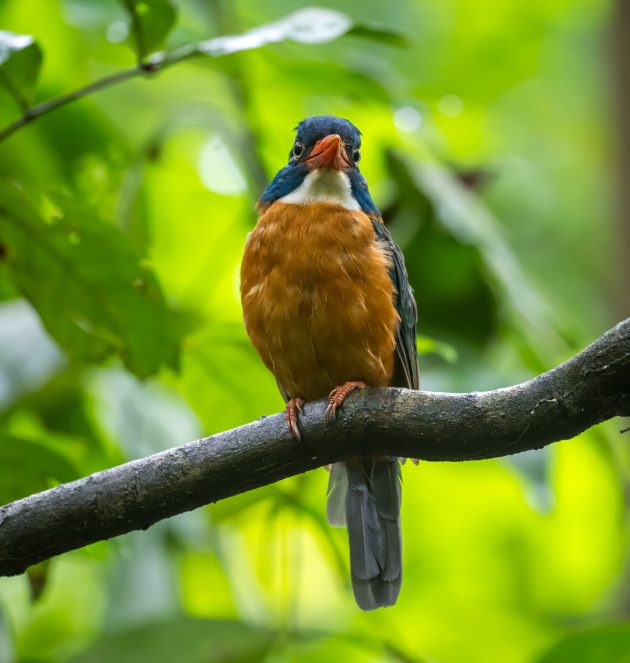
Like many colorful pittas, it prefers staying very much in the shade – a bit of a waste given its colors.
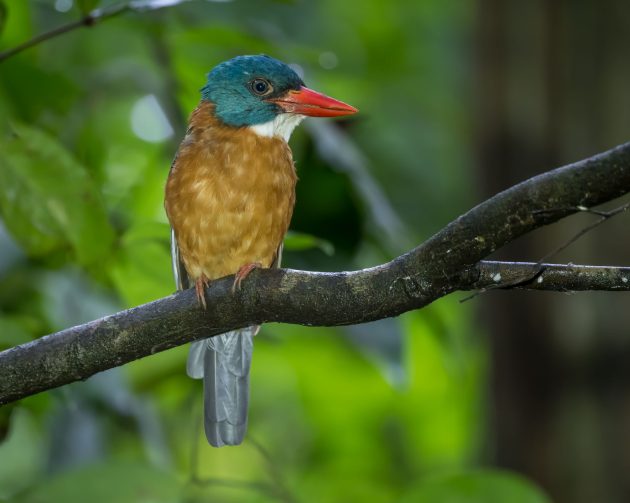
The scientific name Actenoides monachus turns the species into a monk (monachus) – a reference to the dark cap of the bird.
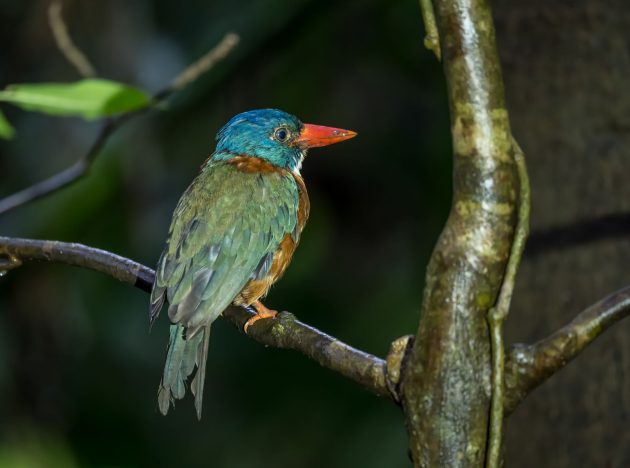
It is listed as Near Threatened.
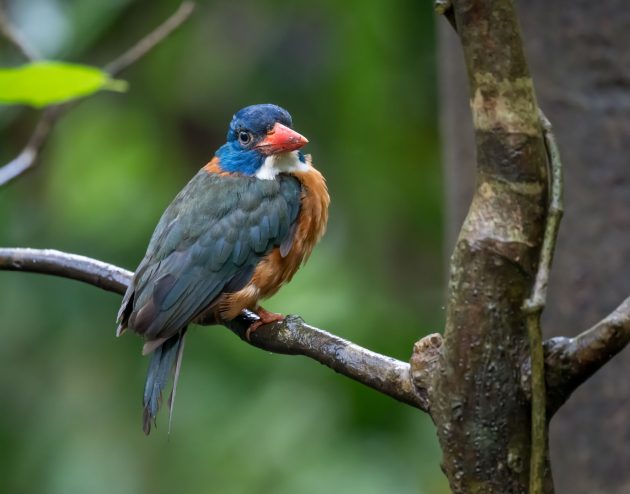
Fortunately for photographers given the dim light in the forests, it perches patiently on branches not too high up and – at least in Tangkoko – does not seem to be particularly shy either.
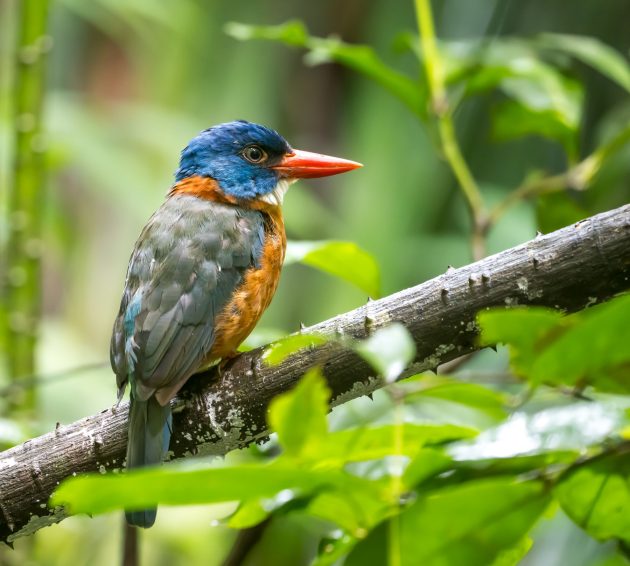
According to the HBW, it mainly feeds on large centipedes and beetles.
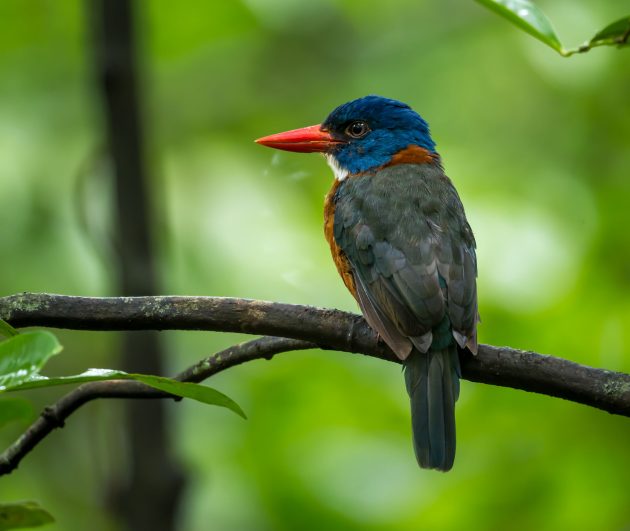
I saw a Sulawesi Lilac Kingfisher just twenty meters or so away from a Green-backed one, which was a bit surprising given that they both seem to have very similar hunting techniques and prey items. My guide told me that the larger Green-backed Kingfisher is capable of dealing with larger prey, so maybe this creates the separate niches for the two species to exist next to each other.
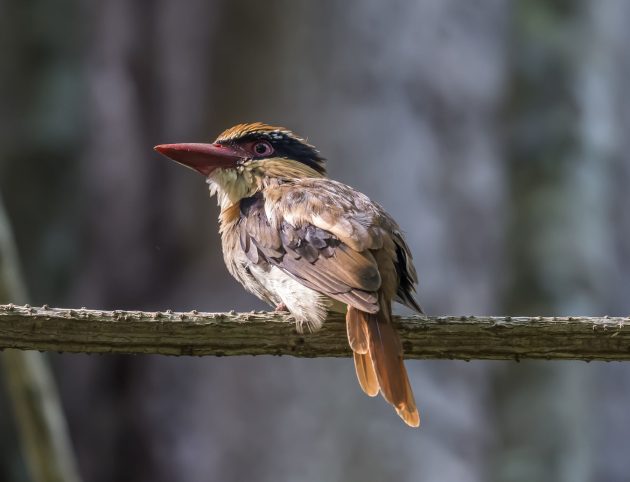
As so often in bird names, the cyanotis (dark blue) in the scientific name Cittura cyanotis is not a very obvious feature of the species.
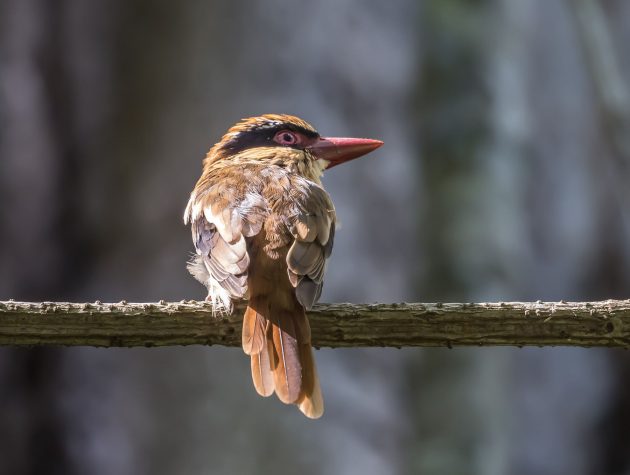
According to the HBW, its feeding technique is as follows: “It sits quietly and almost motionless in dark lower and middle storys of the forest, or next to recently cleared land, scanning the ground for protracted periods.”
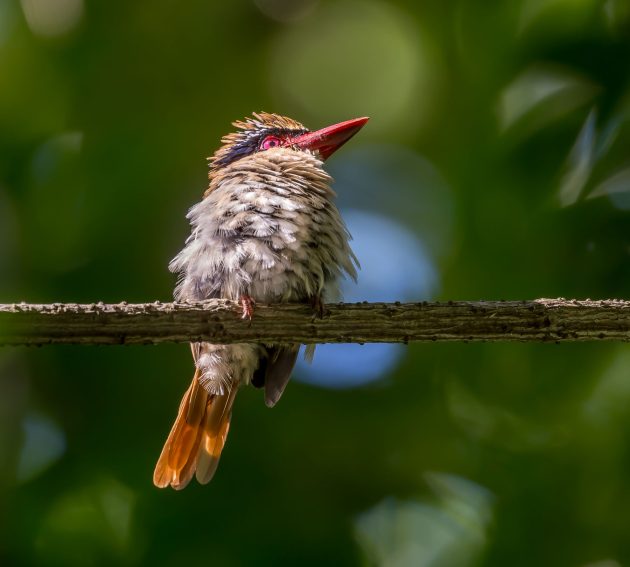
You can see that for yourself in several different videos.
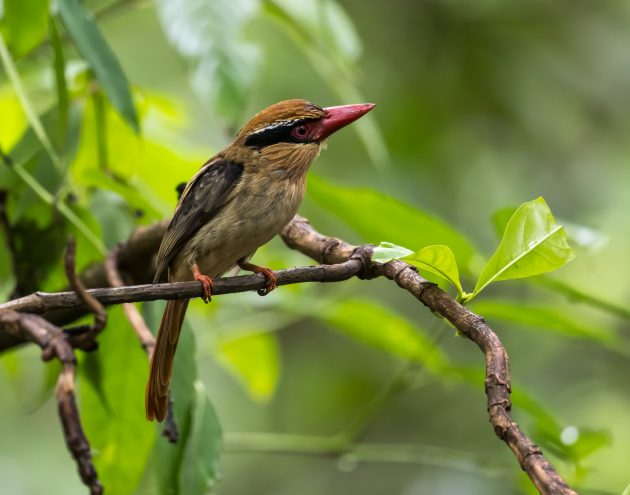
Apparently the relatively short bill of this kingfisher indicates that it does not eat fish (source: HBW).
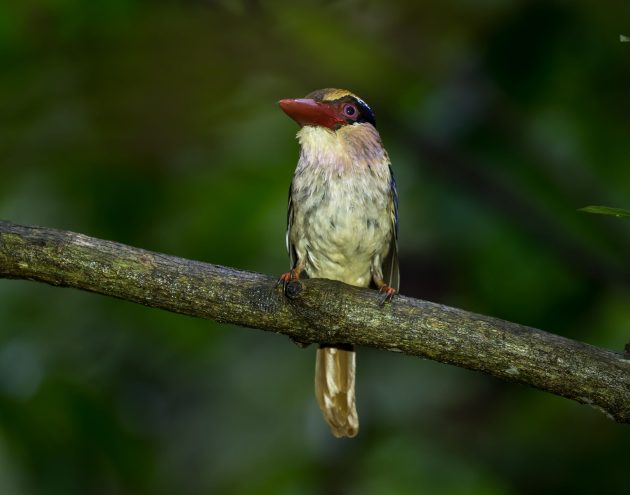
For the sake of completeness, here is the Great-billed Kingfisher. To see it at Tangkoko, you need to take a boat ride, which I will describe in a separate post.
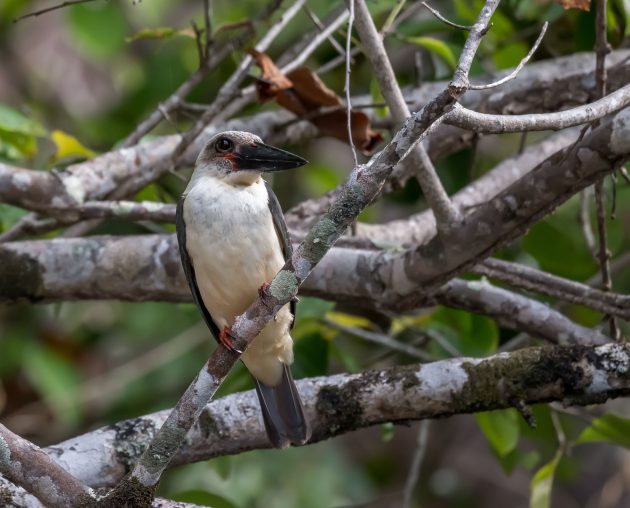
And similarly, not seen at Tangkoko but rather at Tomohon: the Scaly-breasted Kingfisher, another reason to visit Sulawesi.
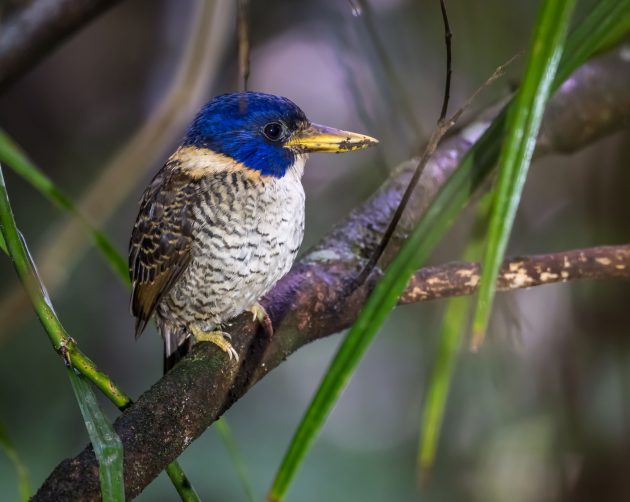
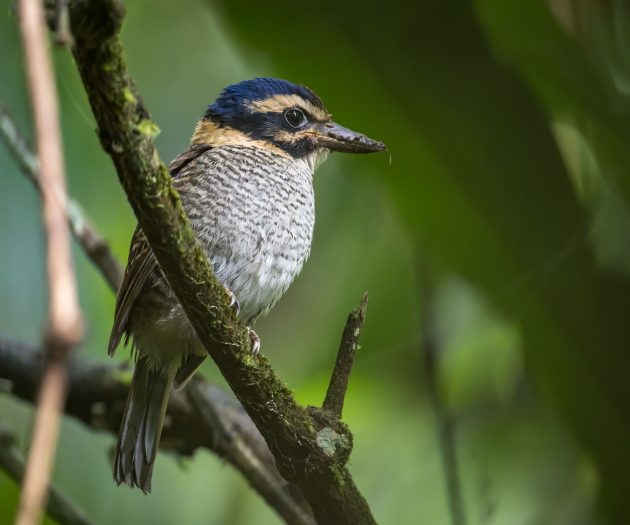







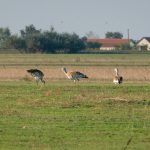



I am obviously a poor man since I have seen many kingfishers and no pittas at all. Pittas are AI-generated for sure. Until I see one of course…